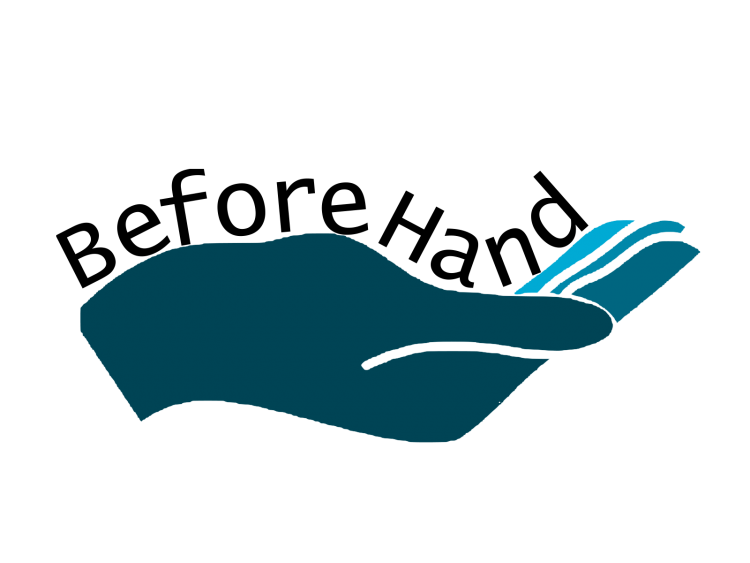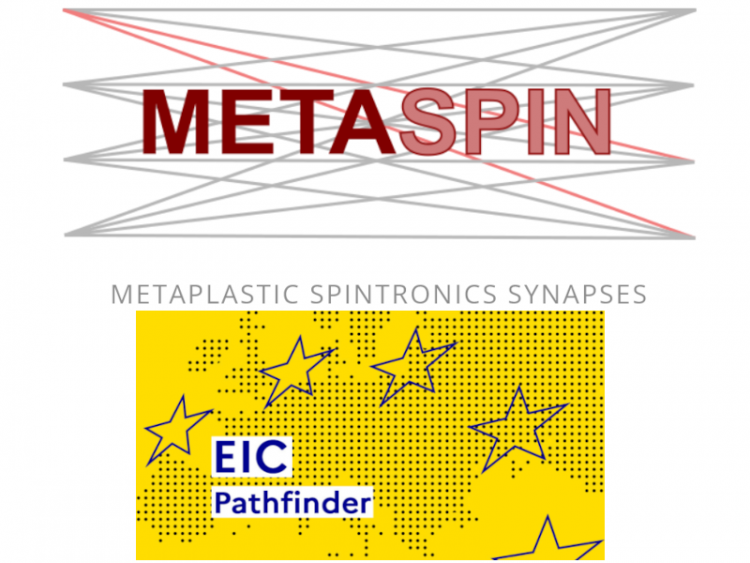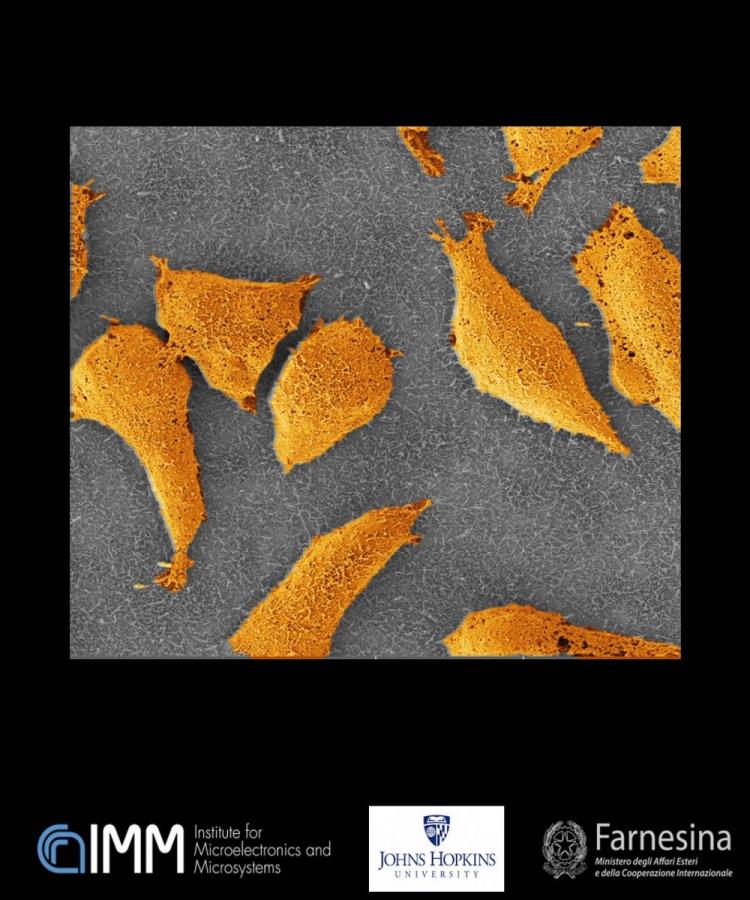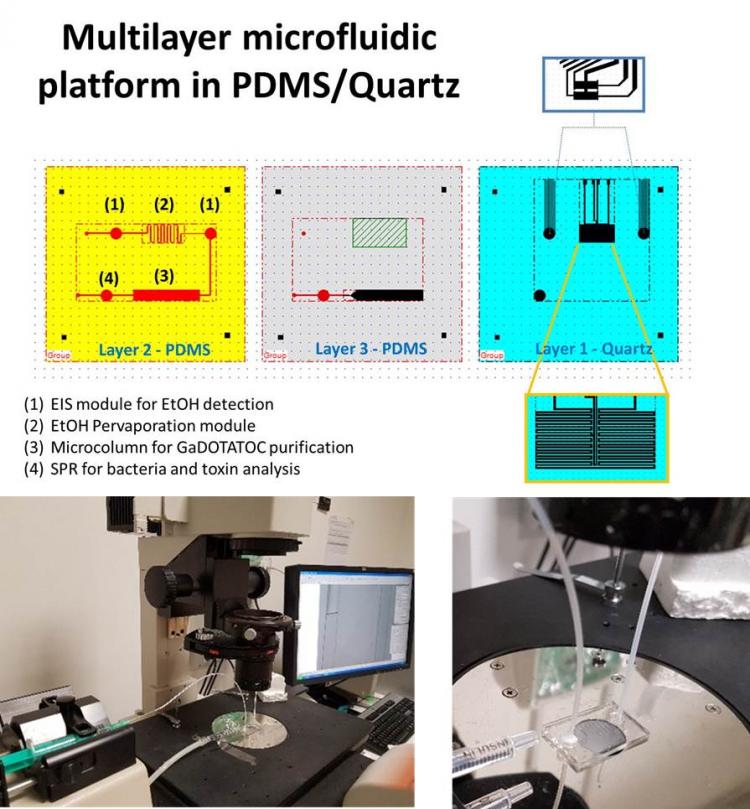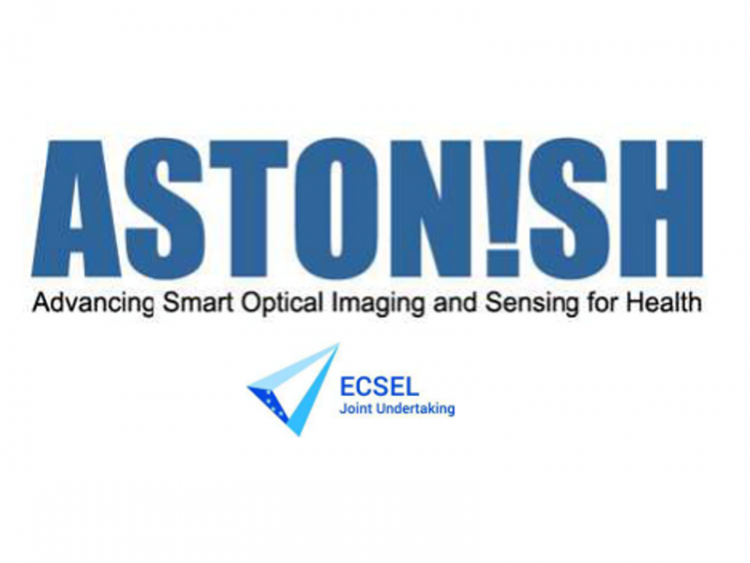
The ageing population and related increase in chronic diseases put considerable pressure on both the healthcare system and the society, resulting in an unsustainable rise of healthcare costs. As a result there is an urgent need to improve efficiency of care and reduce hospitalisation time in order to control cost and increase quality of life.
Addressing this need, medical applications need to become less invasive and improve disease detection, diagnosis and treatment using advanced imaging and sensing techniques.
ASTONISH will deliver breakthrough imaging and sensing technologies for monitoring, diagnosis and treatment applications by developing smart optical imaging technology that extends the use of minimally invasive diagnosis and treatment and allows for unobtrusive health monitoring. The project will integrate miniaturized optical components, data processing units and SW applications into smart imaging systems that are less obtrusive, cheaper, more reliable and easier to use than state of the art systems. This results into 6 demonstrators by which the technologies will be validated and which allow for pre-clinical testing in the scope of the project.
The overall concept within ASTONISH builds on the development and application of common imaging/sensing technologies. Smart algorithms, multimodal fusion techniques and biomedical signal processing will process the acquired data and advanced user interfaces will simplify the complex clinical tasks. These technology components will be integrated to build application specific solutions for physiological signs monitoring, tumour detection, minimally invasive surgery, brain function monitoring and rehabilitation.
The ASTONISH partners cover the full value chain, from semiconductor manufacturing to clinical centres testing the final application. The proposed innovations improve the global competitiveness of the European industry in the healthcare domain.
http://cordis.europa.eu/project/rcn/203399_it.html
http://www.ecsel-ju.eu/web/downloads/Consortium/23__astonish.pdf
Coordinator:
PHILIPS MEDICAL SYSTEMS NEDERLAND BVNetherlands
Other Partners:
- TECHNISCHE UNIVERSITEIT EINDHOVEN Netherlands
- STICHTING KEMPENHAEGHE Netherlands
- QUEST PHOTONIC DEVICES BV Netherlands
- ANTERYON BV Netherlands
- STICHTING HET NEDERLANDS KANKER INSTITUUT-ANTONI VAN LEEUWENHOEK ZIEKENHUIS Netherlands
- ACADEMISCH ZIEKENHUIS LEIDEN - LEIDS UNIVERSITAIR MEDISCH CENTRUM Netherlands
- STMICROELECTRONICS SRL Italy
- CONSIGLIO NAZIONALE DELLE RICERCHE Italy
- UNIVERSITA DEGLI STUDI DI PALERMO Italy
- UNIVERSITA DEGLI STUDI GABRIELE D'ANNUNZIO DI CHIETI-PESCARA Italy
- Teknologian tutkimuskeskus VTT Oy Finland
- ICARE FINLAND OY Finland
- OKMETIC OYJ Finland
- VYSOKE UCENI TECHNICKE V BRNE Czech Republic
- INSTITUT MIKROELEKTRONICKYCH APLIKACI S.R.O. Czech Republic
- INTERUNIVERSITAIR MICRO-ELECTRONICACENTRUM IMEC VZW Belgium
- G.TEC MEDICAL ENGINEERING SPAIN SL Spain
- AGENCIA ESTATAL CONSEJO SUPERIOR DE INVESTIGACIONES CIENTIFICAS Spain
- IBERMATICA SA Spain
- FUNDACION TECNALIA RESEARCH & INNOVATION Spain
- NORAY BIOINFORMATICS SL Spain
- UNIVERSIDAD DEL PAIS VASCO/ EUSKAL HERRIKO UNIBERTSITATEA Spain
Coordinators for CNR-IMM: Salvatore Lombardo, Sebania Libertino


